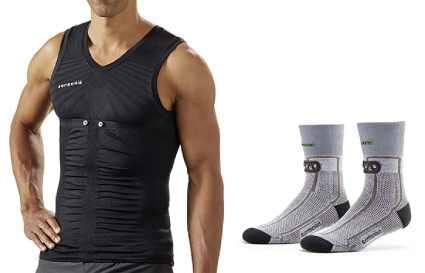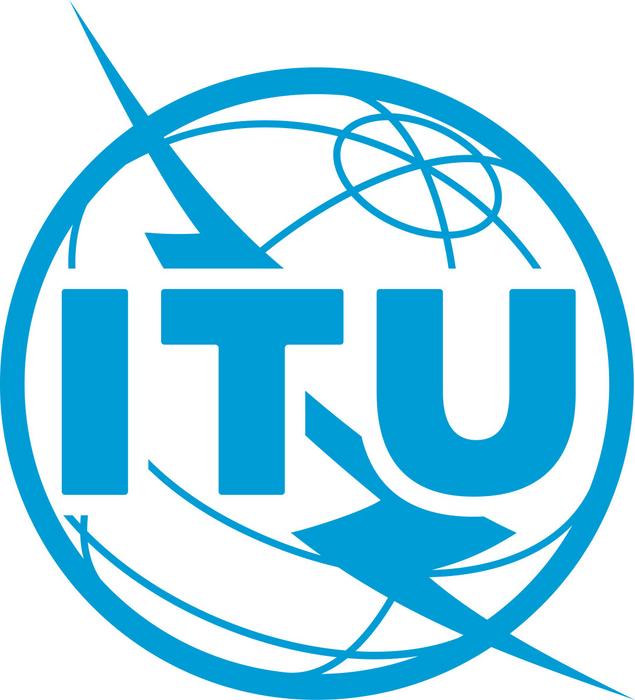Physical activity is beneficial for health, at all ages and in almost any environment. According to the World Health Organization (WHO), up to five million premature deaths a year could be avoided if the world population was more physically active. However, excessive or inappropriate physical exercise can lead to adverse effects in some cases, which means that health must always be closely monitored.
Some technological solutions for monitoring various physiological and biochemical indicators such as heart rate, nutrition and hydration level have become widespread in recent years. However, the use of many wearable sensors and devices has been limited to elite athletes, and the breakthroughs in electronic health have yet to benefit society as a whole.
With this in mind, team of researchers at the Universitat Oberta de Catalunya (UOC), led by Joan Melià Seguí, a researcher in the Wireless Networks group (WINE) at the Internet Interdisciplinary Institute (IN3), is studying how to make monitoring health parameters during physical exercise accessible to all. The project focuses on hydration and sweat analysis.
For the researchers, this means incorporating low-cost, flexible technology with no batteries or complex circuits into everyday clothing, thereby enabling health to be measured in an unassisted and non-invasive manner. The team at the UOC is studying the potential for incorporating radio frequency identification (RFID) technologies into smart fabrics that use sweat to collect information about the hydration of the person wearing them.
“We need to meet several requirements in order to monitor hydration, in a non-invasive way that can be incorporated into everyday clothes”, Melià Seguí explained, who is professor at the Faculty of Computer Science, Multimedia and Telecommunications. “First, we need a body fluid that’s rich in biomarkers related to hydration, which is produced in sufficient amounts during physical exercise, and which comes into contact with clothing easily. Sweat potentially contains a great deal of important information, even though it’s traditionally been an underused resource in non-invasive health monitoring”.
Another requirement is to find a technology that allows data to be collected, but which goes practically unnoticed by the person using it. “We need a technology which is small-scale and has a very low cost that enables both measurement by means of a sensor and the communication of data through technologies compatible with the internet of things”, added the researcher. “In its various versions, RFID is a technology that can work without a battery, as the tags are powered by radio frequency waves from the reading equipment, and its design enables basic measurements to be taken in exchange for a very low production cost”.
The project is also seeking to demonstrate the feasibility of integrating very low-cost passive sensors with RFID technology in textile materials, which would enable the industry to develop digitized garments with a wide range of applications in sports and health prevention.
-Eurekalert







